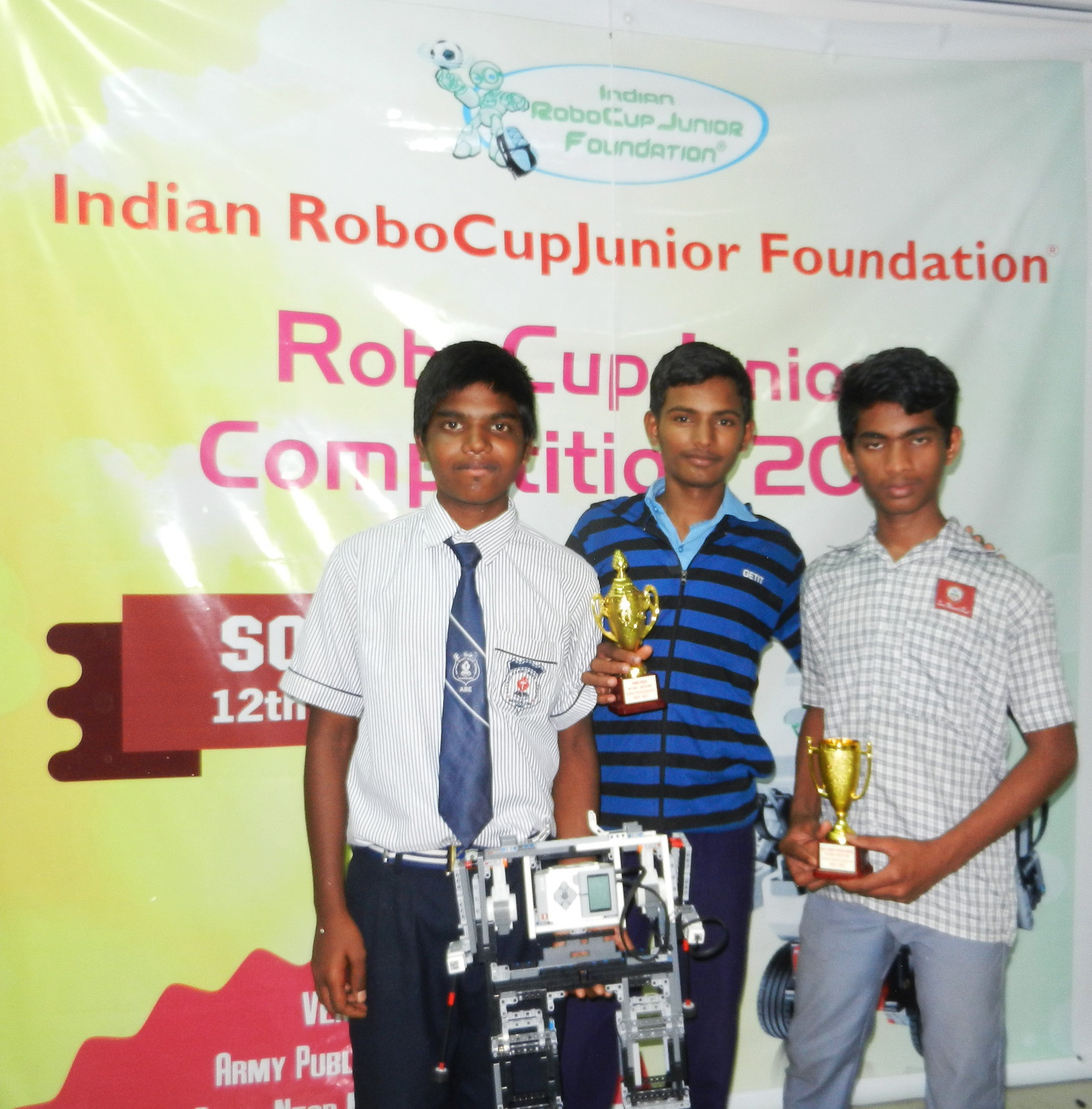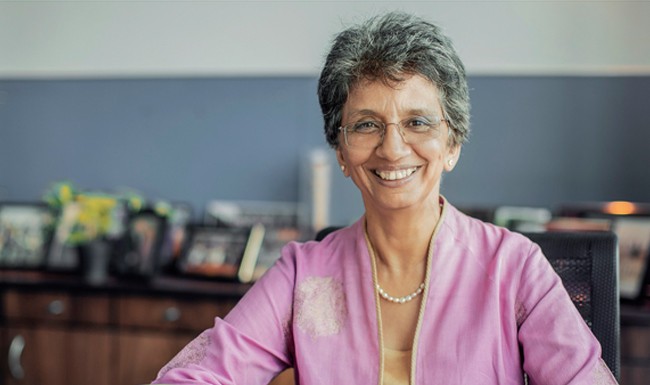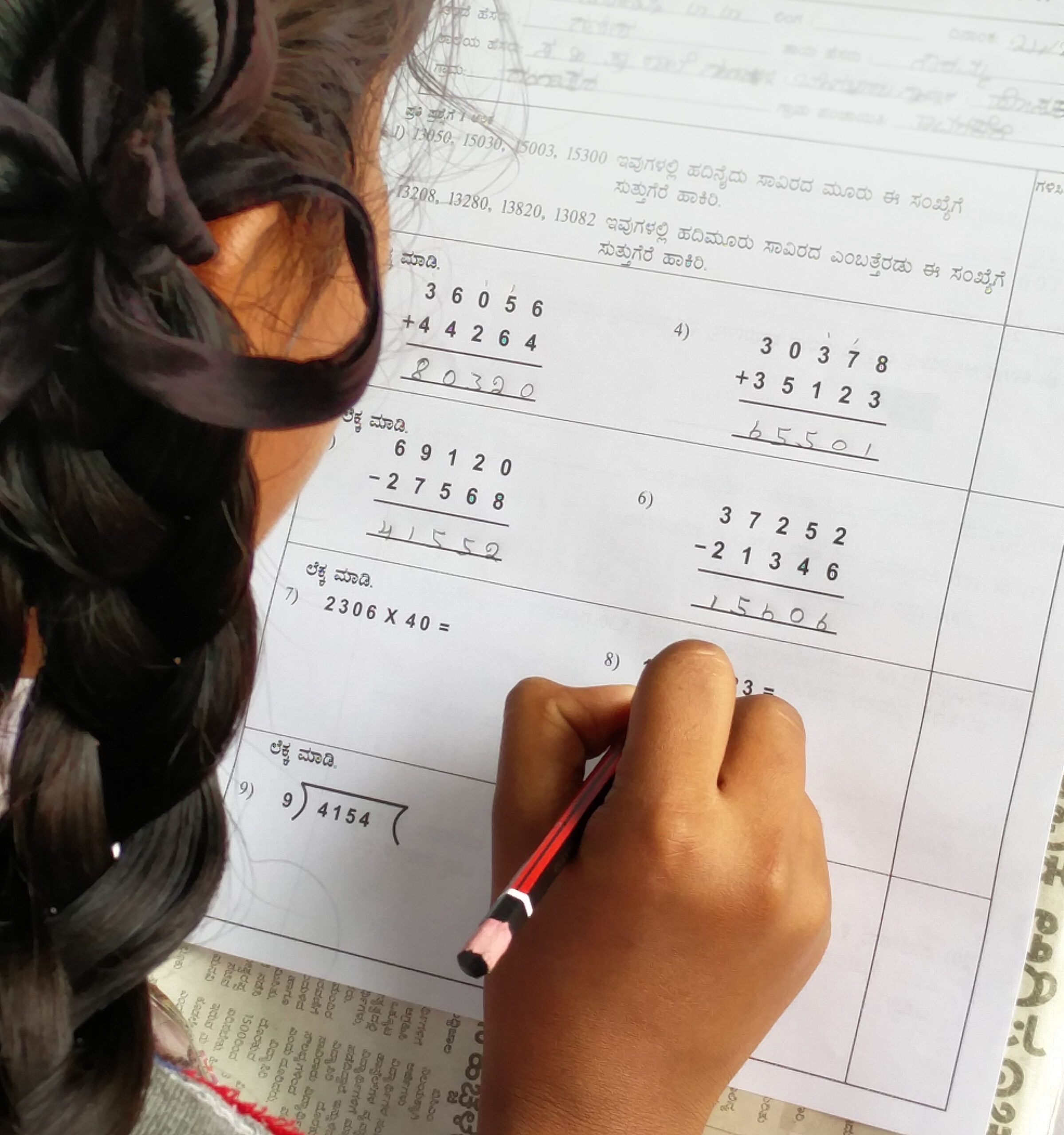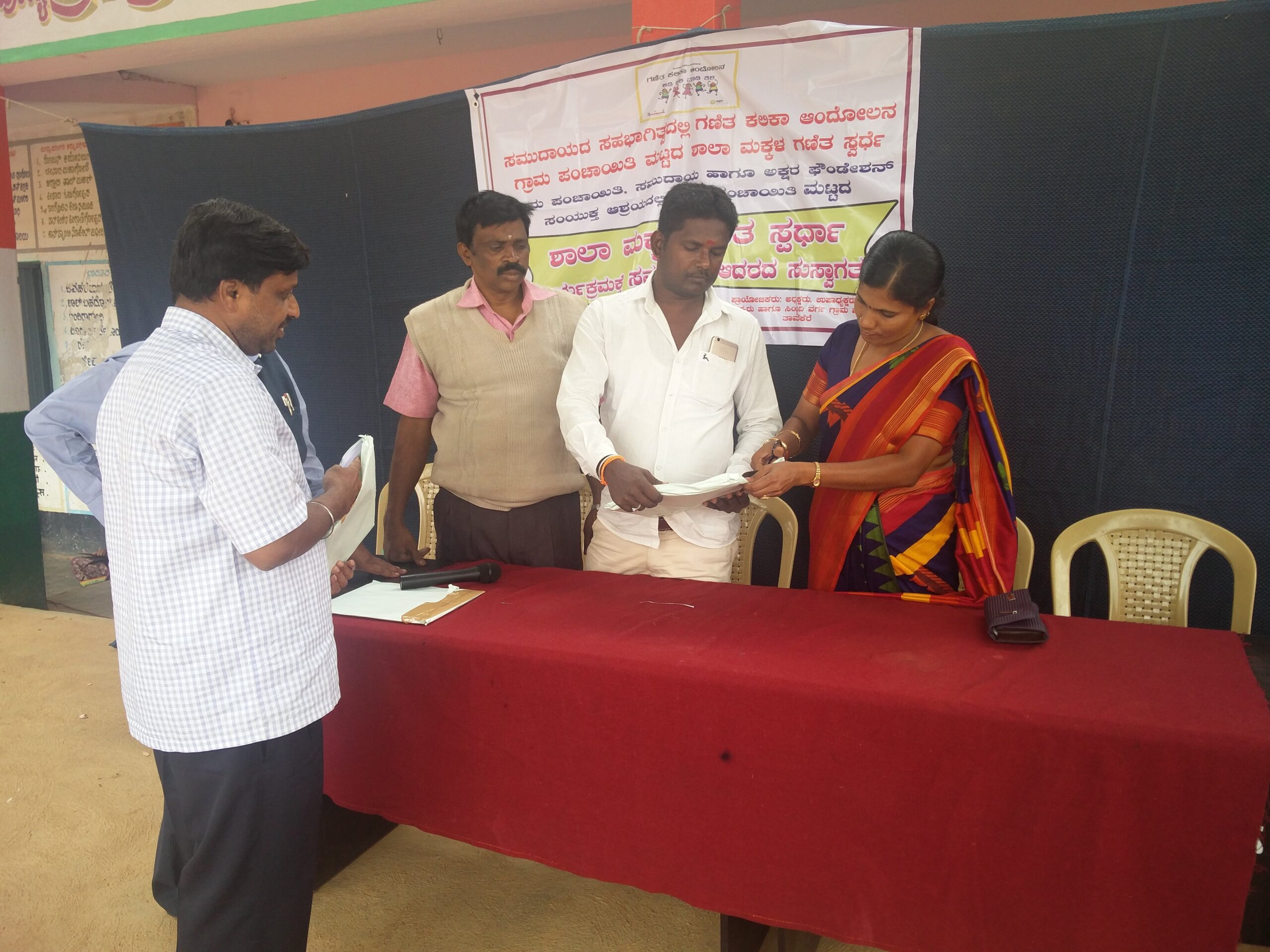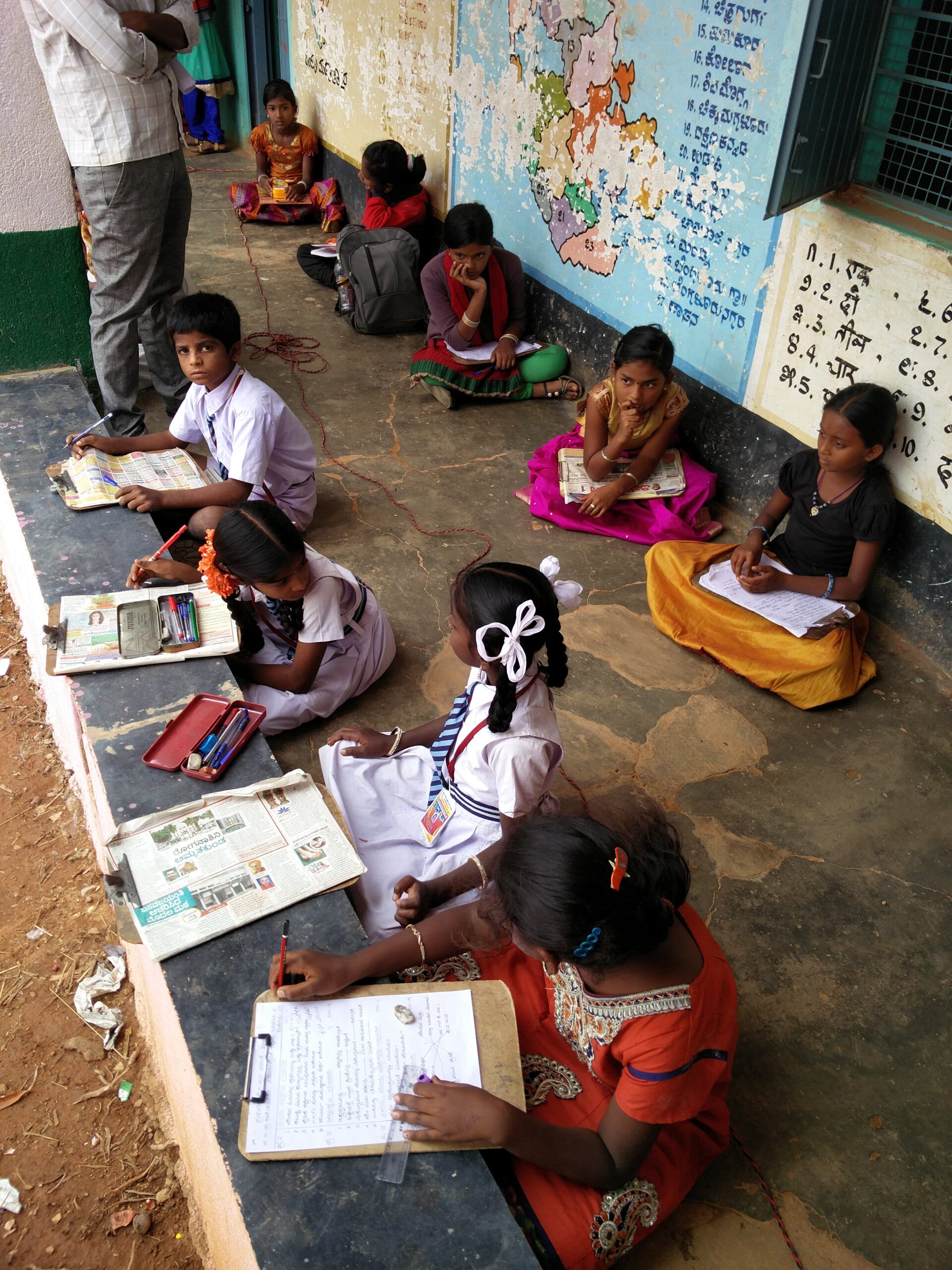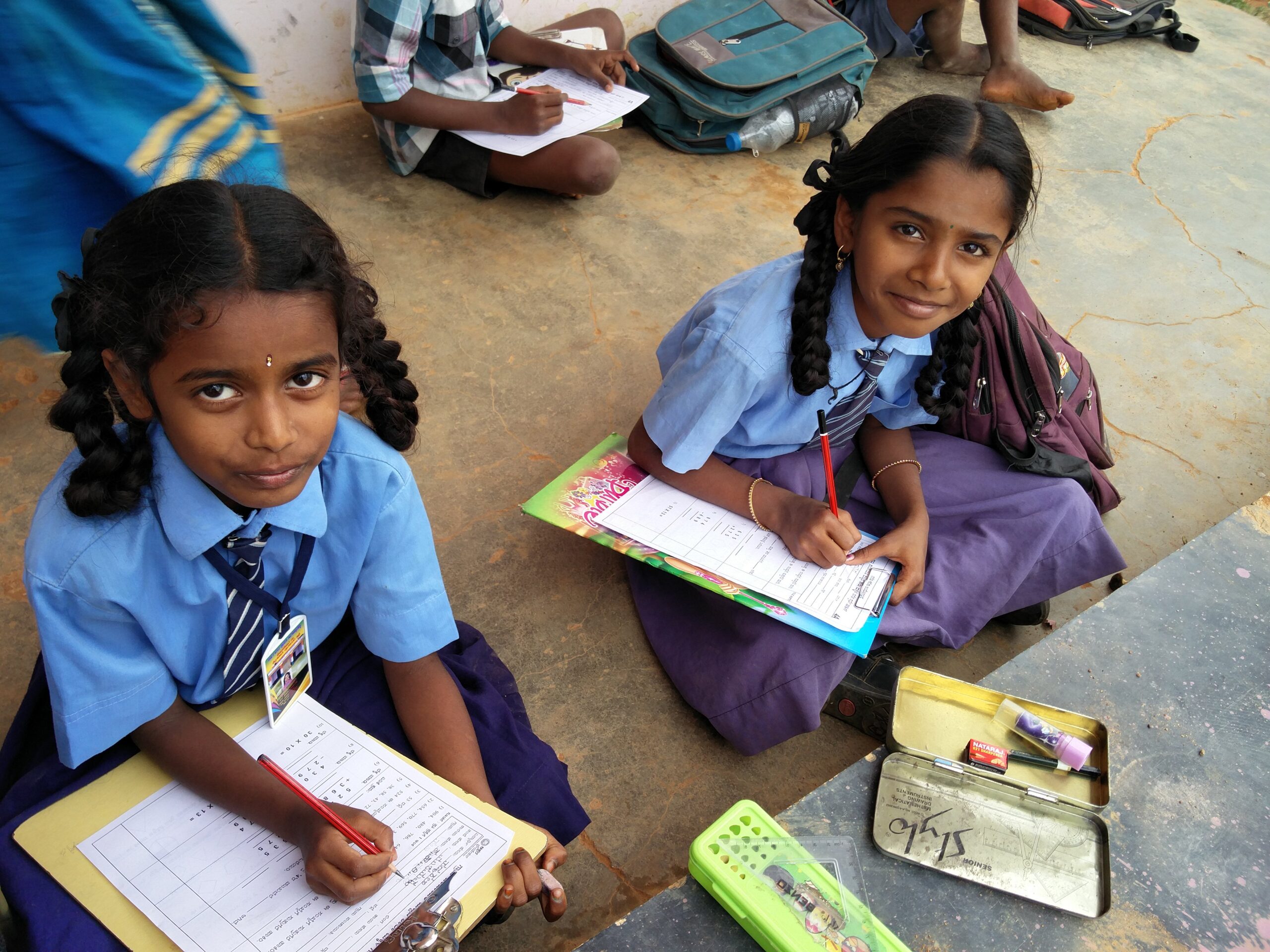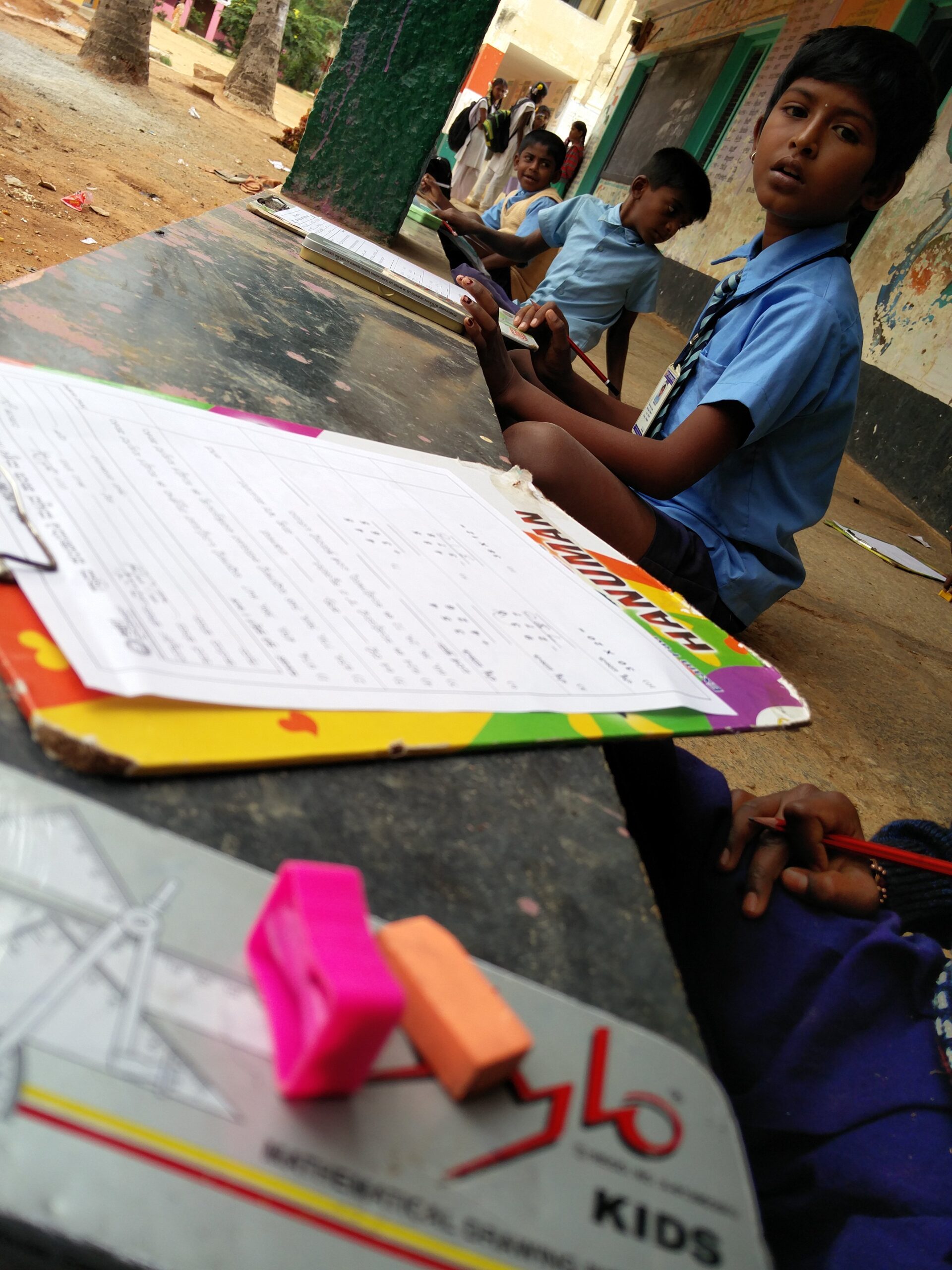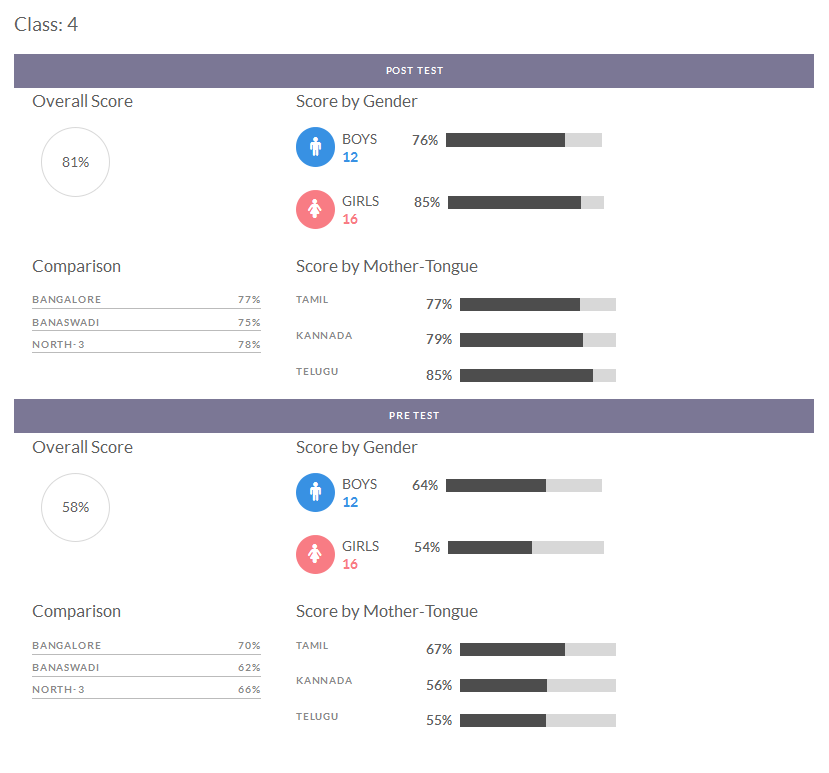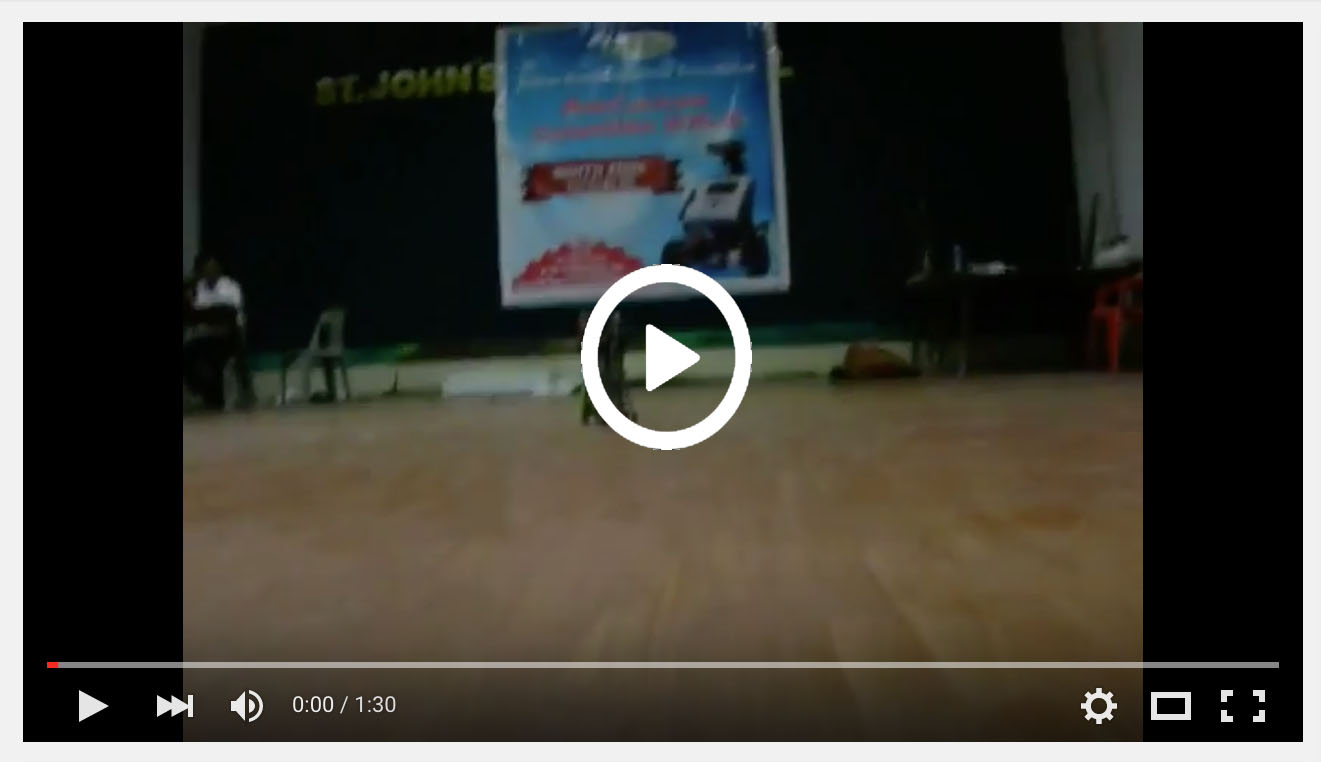The road through Cubbon Park to Bal Bhavan was festooned, flower-bedecked and lined with children in folk costumes. A floral replica of the Eiffel Tower looked askance at a capsicum-studded map of India. It was a vociferous, multi-hued declaration of Childrens’ Day 2016. The Karnataka Government had selected Akshara Foundation as an NGO which has contributed to the cause of education in the State. And I was there to receive it.
The past 16 years of Akshara’s striving flashed before my eyes as I settled down in my seat for the Award distribution function to commence in Bal Bhavan. The image of Akshara office in the antiquated, crumbling building on Kamaraj Road was in sepia tones. Our own learning curve was sometimes steep, sometimes gradual but always a worthwhile journey. The early days of encouraging home-based Balwadis in underserved communities ….intensive and extensive training sessions for these young women…transitioning to working with the Department of Women and Child and nearly 1,700 Anganwadi workers…..bravely trying out a few pilot Balwadi centers in city outskirts where migrant families huddled in shanty homes. Our journey with the primary school teachers from Gulbarga to Gadag and Bengaluru to Bidar has been rewarding for the trust and faith reposed in Akshara’s solutions for teaching Maths, language and English…..the challenge of setting up 1450 libraries in Government schools in Bengaluru and many more in rural schools…… the experience of meeting a gamut of children and community elders in interior Karnataka…..the feisty team of students from Government Primary schools who conquered hearts and reached all the way up to the finals in the International Robotics Competition in Germany ….so many warm memories.
And this is when I noticed the time mentioned on the banner on the stage – the organisers had summoned the guests a good 2 hours in advance! That’s when I decided to chat with the other Awardees. Among the Bravery Award winners for Exemplary Courage, seated on my left were two schoolboys from Mysore who had broken open the emergency door of their school bus and helped all the children out to safety. I was surprised to learn that these smartly turned out boys were in the 10th std – they looked considerably younger. Next to them was a shy boy from Kodagu who seemed a little lost, and contributed just a few words to the conversation. He rescued his friend from drowning in a marshy pond during a game of football.
An elderly man was patiently sitting by himself till I spoke to him. A retired school teacher, he has started a school which provides modern facilities to rural children and today benefits nearly 3000 students. The elderly man sitting next to him joined in the conversation and I learnt that he has been training children in Udupi in the traditional theatre form of Yakshagana. He has been doing it outside school hours with the aim to balance extra-curricular activities with education for holistic development. A young woman who runs a service for HIV infected persons had a most charming smile which belied the fact that she herself was HIV + when she started her work. A confident 11th std girl from Udupi had excelled in Javelin throw and a boy from Shivamogga who was a winning athlete were right behind me.
On my right was a lady from Mysore who is a founder member of the Parents’ Association of Deaf Children which started pre-primary centers which impart speech and hearing training to Mothers, since they affirm that mothers are the best teachers in the early years of a deaf child. After this training, the children are ready to join normal schools. And there were other Award winners with whom I could not get into a conversation. Each story that I heard touched me and made me feel privileged to be sitting and talking to these wonderful people from diverse parts of the State. Perhaps that long interregnum was destined for this human interaction, and I was no longer chaffing at the two-hour wait.
This Award is dedicated to every child who is in school, and whose life Akshara has touched in some way – big or small.
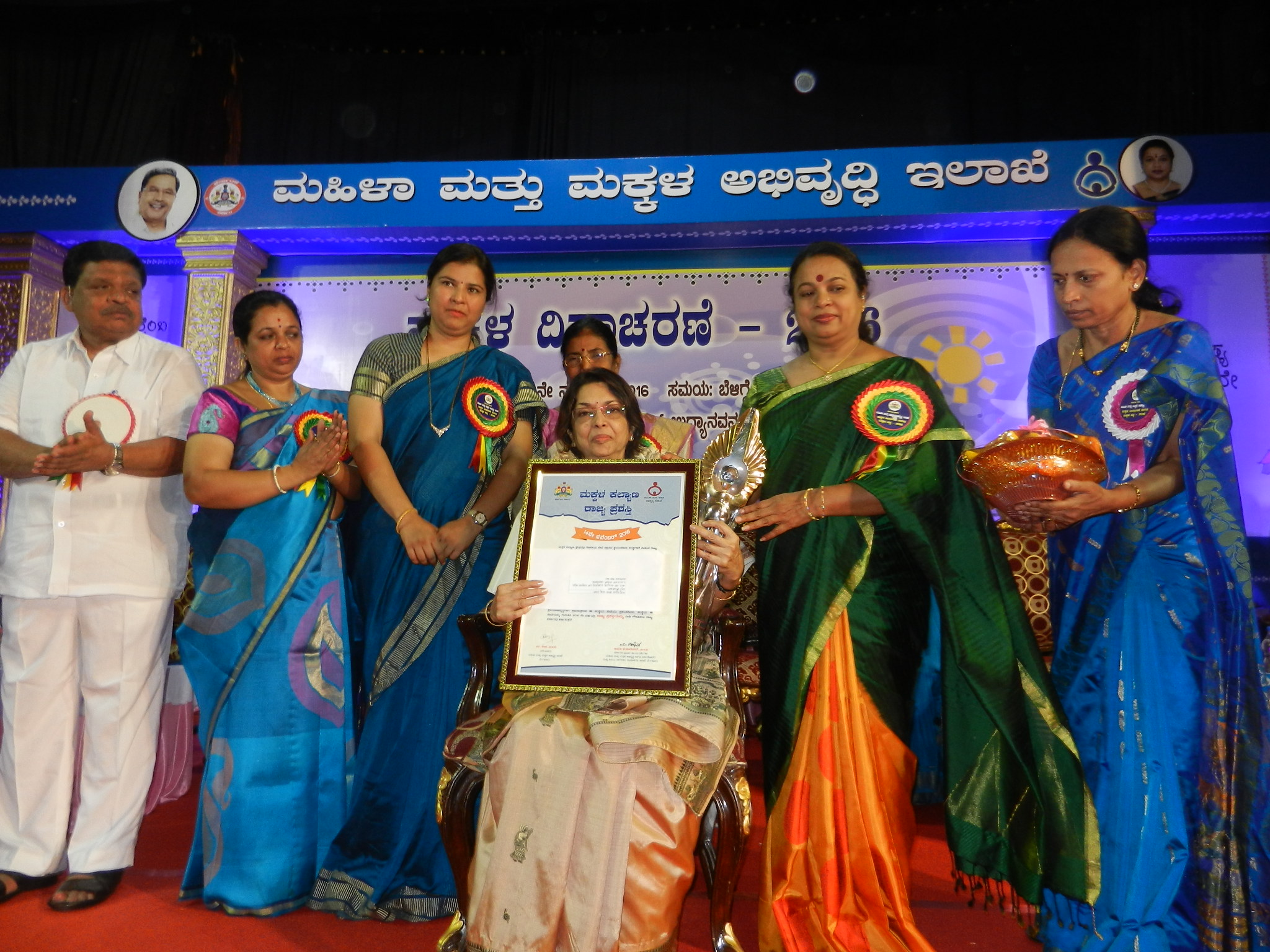
– Kanchan Bannerjee
Managing Trustee, Akshara Foundation


